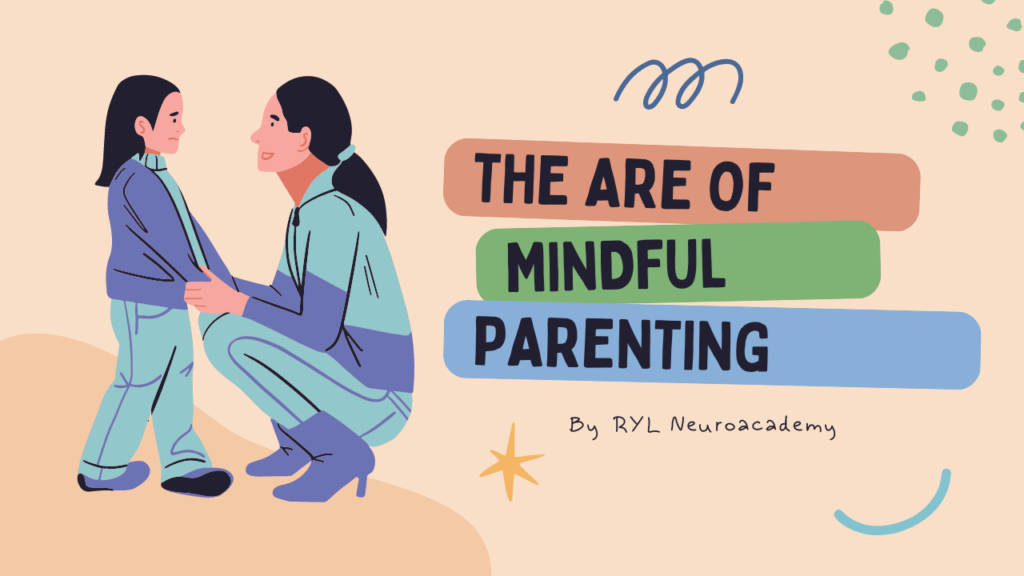
1. Introduction
Neuro-Linguistic Programming (NLP) is a psychological approach that explores the connection between neurological processes (Neuro), language (Linguistic), and behavioral patterns learned through experience (Programming). It provides techniques to rewire thought patterns, enhance communication, and improve personal effectiveness
2. Understanding NLP in Relationships
How Language and Perception Shape Relationships
Language and perception are key drivers of relationships, influencing how we communicate, interpret emotions, and build trust. The way we express feelings and frame conversations can either strengthen or strain connections. Miscommunication often stems from differing perceptions, leading to conflict and misunderstandings.
The Role of NLP in Building Trust and Communication
Neuro-Linguistic Programming (NLP) enhances relationships by improving communication, fostering trust, and developing empathy. By understanding how language shapes perception, NLP helps individuals align their communication styles for deeper emotional connections.
NLP Methods for Enhancing Personal Relationships: Improve Communication & Connection Strengthen Relationships:
Mirroring and Matching: Build rapport by subtly mimicking body language, tone, and speech patterns to increase trust.
Reframing: Shift perspectives to view conflicts and emotions more positively, promoting understanding.
Anchoring: Create positive emotional triggers using specific words, gestures, or experiences to strengthen bonds.
Mirroring is the subtle imitation of someone’s body language, tone, and speech patterns to create a sense of familiarity and connection. This technique fosters trust and comfort, making conversations more meaningful.
How to Mirror Effectively:
Body Language: Match posture and gestures naturally.
Tone and Speech: Align your speech speed and volume with the other person’s rhythm.
Language Patterns: Use similar expressions to build connection.
—
2. Reframing: Turning Conflicts into Opportunities
NLP reframing shifts negative thoughts by altering how situations are perceived. This helps reduce misunderstandings and strengthens relationships by promoting positive outlooks.
How to Reframe Conflicts:
Identify Limiting Beliefs: Replace negative thoughts with empowering ones.
Focus on Lessons: Shift attention from problems to growth opportunities.
Use Positive Language: Frame disagreements in constructive terms.
—
3. Anchoring: Creating Positive Emotional Connections
Anchoring links specific words, gestures, or touches to positive emotions, reinforcing connection and intimacy in relationships.
How to Create Emotional Anchors:
1. Recall: Bring up a joyful or loving moment with your partner.
2. Intensify: Feel the emotion deeply.
3. Anchor: Apply a unique touch (e.g., holding hands) or phrase during the peak emotion.
4. Reinforce: Repeat this process to strengthen the emotional trigger.
—
4. The Meta Model: Enhancing Clarity Through Precise Questions
The Meta Model reduces misunderstandings by clarifying vague statements, promoting deeper understanding.
Examples of Meta Model Questions:
Instead of “You never listen,” ask: “Can you share what you heard me say?”
Instead of “I can’t do this,” ask: “What specifically is stopping you?”
—
5. The Milton Model: Building Emotional Resonance Through Language
The Milton Model uses hypnotic, ambiguous language patterns to foster agreement and emotional connection.
Examples of Milton Model Phrases:
“You may not realize it yet, but you are deeply valued.”
“Imagine how wonderful it feels when you’re truly understood.”
—
By practicing these NLP techniques—mirroring, reframing, anchoring, the Meta Model, and the Milton Model—you can foster deeper connections, improve communication, and resolve conflicts more effectively, leading to stronger and healthier personal relationships
How to Apply NLP Daily for Stronger Relationships
Neuro-Linguistic Programming (NLP) offers practical techniques to enhance communication, resolve conflicts, and deepen emotional bonds in relationships. Here are real-life scenarios where NLP can make a difference:
1. Resolving Conflicts with Reframing
Shift negative perceptions during disagreements by focusing on solutions instead of blame.
Example: Instead of saying, “You never listen to me,” reframe with, “How can we communicate better?”
2. Building Deeper Trust with Mirroring and Matching
Subtly align body language, tone, and expressions to create rapport and a sense of understanding.
Example: During a conversation, match your partner’s speaking pace and posture naturally.
3. Enhancing Emotional Intimacy with Anchoring
Associate positive emotions with specific words, touches, or gestures to strengthen bonds.
Example: Hold hands while sharing a happy memory to create an emotional anchor.
4. Overcoming Miscommunication with the Meta Model
Use precise questioning to clarify vague statements and reduce misunderstandings.
Example: Instead of reacting to “You don’t care about me,” ask, “Can you tell me what made you feel that way?”
5. Strengthening Persuasion with the Milton Model
Use open-ended, positive language patterns to foster agreement and emotional connection.
Example: Say, “Imagine how fulfilling it will be when we resolve this together.”
—
NLP Exercises to Practice with a Partner, Family, or Friends:
Mirroring Exercise: Spend 5 minutes subtly matching body language and tone to build rapport.
Reframing Challenge: Take a recent disagreement and practice reframing it as a learning opportunity.
Positive Anchoring: Create a unique word, gesture, or touch linked to a happy memory and use it regularly.
Meta Model Questioning: Practice turning vague statements into clear, specific communication.
Milton Model Storytelling: Share a story using open-ended, positive language to inspire connection.
By integrating these NLP techniques into daily interactions, you can improve communication, deepen trust, and create lasting emotional connections in your relationships.
Conclusion & Next Steps
Neuro-Linguistic Programming (NLP) offers powerful tools to enhance communication, resolve conflicts, and build deeper emotional connections in personal relationships. By applying NLP techniques, you can:
Improve Communication: Use the Meta Model to reduce misunderstandings and promote clarity.
Build Trust and Rapport: Apply mirroring and matching to create a strong connection.
Strengthen Emotional Bonds: Use anchoring to associate positive emotions with your interactions.
Resolve Conflicts Positively: Reframe negative situations to find constructive solutions.
Enhance Influence and Harmony: Use the Milton Model to create deeper emotional resonance.
Practice NLP to Transform Your Relationships
The key to benefiting from NLP is consistent practice. Whether with your partner, family, or friends, these techniques can help you build more meaningful and fulfilling connections.
Get Started Today ..


Start using NLP today to nurture stronger, more connected relationships!

